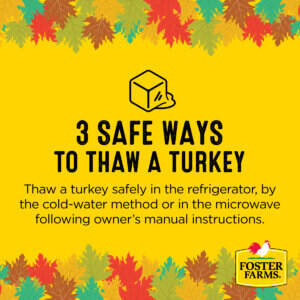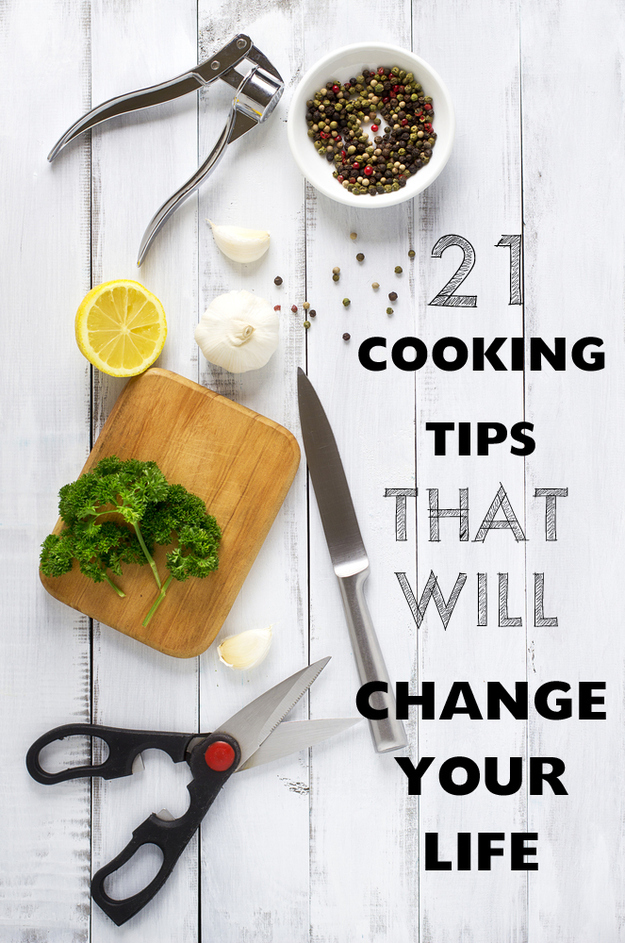
Healthy cooking is not a new trend. Learn how to make your own stocks and broths so you can control the sodium and fat that goes into your food. It is important to use only local ingredients when possible. Make sure to take the temperature of your food in order to verify it is properly cooked. It's worth it. Here are some additional tips to help you get going. It's easy to prepare healthier meals at home.
Healthy cooking does not need to be trendy
Healthy cooking can help you improve your overall health and quality of life. Healthful cooking isn’t just a passing fad. PepsiCo to Campbell Soup, for example, isn't following a fad. They are making healthier food choices as well as expanding their retail distribution.
The best way to control how much sodium or fat is in your food is to make your own broths.
Making your own stock and broth can be healthy and delicious. To caramelize the meat, bones can be roasted to add a deep and earthy taste to the final product. The bones and cartilage of veal meat add gelatine and collagen to the stock. Stock can also be used to substitute for vegetable stock in many recipes if you are vegetarian. Bone broth can also be frozen for later use.
One of the most versatile cooking liquids is vegetable stock. Mix vegetables, onions, and potatoes with sweetener/thickening agents. It can be used to make thick stews, gravies and sauces as well as Swedish meatballs. Turkey stock uses vegetables and other spices. It is also a great way of using leftover pot pie. Don't worry if you don’t like chicken stock or beef. There are many options for turkey stock or chicken stock.

The best way to tell when something is done is to measure the internal temperature of your food.
A food thermometer is a valuable tool when you are cooking poultry or meat. While the outside may look cooked, it isn't always. Your meat might not be completely cooked. You may notice the juices running clear on the surface. This may seem like a tempting thing to do but it is not an accurate indicator of doneness.
To kill harmful bacteria and fungi, it is important to cook food at the correct temperature. Food poisoning can result if it's not properly cooked. A good rule of thumb is that the internal temperature of the food should be hot enough to cause steam to escape. To test this, insert a thin knife through the meat/poultry's middle.
Using local ingredients
Locally sourced ingredients are a great way to increase your restaurant's customer base. Although there is always the risk of charging too much for local ingredients, seasonal ingredients are a great way to cut costs. The USDA's Mixing Bowl can be used to locate recipes based upon what is locally available. You can make seasonal menus using seasonal ingredients, without the need to buy seasonal items.
Locally-sourced ingredients offer many benefits, including the freshness and quality of the food. Local farmers will provide fresher and healthier meat and produce than the ones you would get from a supermarket. By working directly with local farmers rather than relying upon larger corporations, you can help to support your local economy. Choosing locally sourced produce and meats will help reduce your carbon footprint and support local businesses.

FAQ
What is the best way to learn to cook?
Cooking should be something everyone can do. It's a great way to experience delicious food without having to learn how to cook. First, find a recipe that appeals to you and then follow it closely. Next, practice making small changes until you are comfortable cooking the dish. Next, you can cook for others. This will allow you to improve your cooking skills and test your abilities.
What are the qualifications to be a chef?
A bachelor's degree in culinary art is necessary to become a professional chef. A number of ACF tests will be required. After you have completed all requirements, you will receive a certificate confirming your qualifications.
Is there any difference between a chef or a cook.
A chef is someone who prepares food for others. A cook prepares food for himself or herself. Both jobs require the preparation of food. However, chefs work directly with their customers. This means that they can have to decide what food to serve customers based their preferences. A cook doesn't need to interact with clients. Instead, he or she ensures that the food tastes good before serving it to anyone.
How much does it cost for you to learn culinary arts?
You will find that the price to study culinary arts is variable. A four year degree is typically around $40,000. A two-year associate's level degree can cost less than $5,000. The tuition rate you choose depends on the program. Prices for tuition are higher in private institutions than they are for public ones.
How do I learn to cook like a professional?
Cooking is one way to be a better cook. Learning to cook healthy food for yourself and others is a great way to increase self-confidence and develop new skills. Learn how to cook healthy food at home. Find out what recipes you love first. Then, read books about different foods, such as Italian, Mexican, Chinese, etc. Finally, try making different dishes until it becomes second nature.
Are there any ingredients that I must buy in order to make a meal?
You don't need to buy every ingredient. Most grocery stores sell premade sauces and other items you can use as substitutes. Pre-made meals are a great way to save money.
Statistics
- On average, chefs earn $58,740 a year, according to the BLS. - learnhowtobecome.org
- You'll be amazed that over 90% of CIA students receive scholarships and grants to finish their culinary studies. (ischoolconnect.com)
- The median pay for a chef or head cook is $53,380 per year or $25.66/hour, according to the U.S. Bureau of Labor Statistics (BLS). (learnhowtobecome.org)
External Links
How To
How to make a perfect Omelette
Omelets have always been a favourite food to eat for breakfast. But how do they turn out so perfectly? I've tried many different methods and recipes, but none of them seem to work! So I wanted to share some tips and tricks so that you can make delicious, fluffy omelets every morn.
When making omelets, it is important to be aware that eggs can be temperamental. Eggs must be purchased fresh, preferably organic, and kept chilled until ready for cooking. The yolks and whites will not form properly if they aren't kept cold enough. This makes your omelets look weirdly colored. If you intend to cook your eggs immediately, it's best to use room-temperature egg.
Another tip is to separate each egg before adding them to the saucepan. You don't want the white to get mixed with the yolk, as this could cause the egg to curdle.
If you add the egg directly onto the stovetop, you might end up burning the bottom part of the egg, which would ruin the texture of your omelet. Instead, put the egg in the microwave for 10 seconds before putting it into the pan. The microwave heat cooks the eggs just right without overcooking them.
Next, let’s talk about mixing the egg. When you mix eggs together, you want to beat them well. You can do this by turning the bowl of your mixer upside down. Then, vigorously shake the bowl. This will whip the air around the bowl and mix the egg well.
The fun part begins - you need to pour the milk into your mixture. First, pour half of the milk into the beaten eggs and then fold the eggs gently into the remaining milk. You don't need to worry if streaks remain. They will disappear once you flip your omelet.
After you have folded the eggs, heat the oil in a pan over medium heat. Once the oil has started to sizzle, turn the heat down to low. When the oil is hot enough, add 1/4 cup butter to the pan. Stir it around until the butter covers the entire pan. Open the lid and sprinkle salt on the pan. The salt will help to prevent the omelet's sticking to the pan.
Once the omelet forms, cover the pan again. Let the top side set completely. Flip the omelet with a spatula, or flip it upside down. Cook the opposite side for another minute. Serve immediately after removing the omelet from its pan.
This recipe is best when used with whole milk. But, you can use skimmed milk as well.